Incorporating stability balls into your core workouts is one of the most effective ways to build strength, stability, and endurance. Whether you’re a beginner or a seasoned fitness enthusiast, the core stability ball is an incredibly versatile tool for achieving optimal core engagement. Below, we dive into some of the best core training ball exercises, how to use them, and why they work wonders for toning your abs and improving posture.
Understanding the Core Stability Ball
The core gym ball, also known as an exercise ball, therapy ball, or yoga ball, is a tool that helps engage multiple muscle groups simultaneously, particularly in the core area. The unstable surface forces your body to activate stabilizer muscles, leading to more effective strength training. Using a stability ball can improve balance, flexibility, and coordination while focusing on the abs, obliques, and lower back.
Why Core Ball Exercises Are Effective
Using a core training ball can significantly enhance your workout routine. When performing movements on the ball, you’re forced to maintain balance, which activates the deep stabilizing muscles of your core. Whether you're using a core stability ball for ab exercises or incorporating it into more advanced routines, these exercises can help you strengthen your core, improve posture, and even reduce the risk of injury during other physical activities.
Beginner-Friendly Stability Ball Ab Exercises
For beginners, starting with basic stability ball ab exercises is crucial. The stability ball provides support and allows for a greater range of motion compared to floor-based exercises, making it a fantastic choice for those just getting into core training. Here are a few exercises to get you started:
-
Stability Ball Crunches
-
Sit on the ball with your feet flat on the floor. Slowly roll your body down, keeping your feet and hips stable. Once your upper back is on the ball, cross your arms over your chest and engage your abs. Lift your upper body in a controlled motion, then return to the starting position. This is a great exercise for building core strength.
-
-
Stability Ball Planks
-
Place your forearms on the ball and extend your legs behind you, keeping your body in a straight line. Engage your core to prevent your hips from sagging. Hold for 30-60 seconds for a full-body stabilization exercise that primarily targets your abs and lower back.
-
-
Knee Tucks
-
Begin in a plank position with your hands on the floor and your feet on the ball. Slowly draw your knees toward your chest, keeping your back straight. Return to the starting position, and repeat. This exercise activates your lower abs and enhances overall core stability.
-
Advanced Core Stability Ball Exercises
As you progress in your fitness journey, you can move on to more challenging core stability ball exercises that target different muscle groups and increase intensity. These exercises will not only tone your abs but also improve balance and flexibility.
-
Stability Ball Roll-Outs
-
Kneel on the floor with the ball in front of you. Place your hands on the ball and slowly roll it forward, extending your arms as far as you can while keeping your core engaged. Roll the ball back toward your knees. This movement effectively targets the entire abdominal area, including the obliques and lower back.
-
-
Bicycle Crunches on the Ball
-
Lie on the ball with your feet flat on the floor and your hands behind your head. Engage your core and lift your head, neck, and shoulders off the ball. Bring your right knee toward your left elbow while extending your left leg. Switch sides in a controlled, alternating motion. This variation engages both the upper and lower abs while also incorporating a rotational movement to work your obliques.
-
How to Use an Exercise Ball for Core Workouts
If you’re new to using the exercise ball for core training, here’s a simple guide on how to get started:
-
Choose the Right Size: Select a ball that matches your height. A 55 cm ball is ideal for individuals under 5'6", while a 65 cm ball is better for those 5'6" to 6'0". Taller individuals may need a 75 cm or larger ball.
-
Start Slow: Begin with basic exercises and gradually increase difficulty as your core strength improves. Always engage your core and maintain a neutral spine to prevent injury.
-
Incorporate Full-Body Movements: Combine therapy ball core exercises with other full-body workouts for a well-rounded fitness routine. Movements like squats or lunges can be more effective when performed on the ball, as they challenge your stability and strengthen your core.
Personal Experience: The Impact of Core Ball Exercises
When I first started incorporating core gym ball exercises into my routine, I noticed a significant improvement not just in my core strength, but also in my overall fitness level. The balance required to maintain stability while performing exercises like stability ball crunches or knee tucks forced me to activate muscles I hadn’t worked in years. Over time, my posture improved, and I noticed a decrease in lower back pain, a common issue for many people working at desks all day. Using a stability ball helped me break through plateaus and gave me a new appreciation for the importance of core training.
Therapy Ball Core Exercises for Rehabilitation
For those recovering from injury or looking for a gentler way to strengthen their core, therapy ball core exercises are an excellent choice. The ball provides support and reduces strain on the lower back, making it easier to perform movements without compromising form. Incorporate simple exercises like seated ball rotations or gentle ball roll-outs to start building strength safely.
Conclusion: The Power of the Core Stability Ball
Incorporating the core stability ball into your fitness routine is a game-changer for strengthening your core. Whether you're just starting with stability ball ab exercises for beginners or are looking for more advanced moves, the ball offers endless possibilities for improving core strength, stability, and overall fitness. With consistency and proper form, you can achieve a stronger, more balanced body that supports all your physical activities.

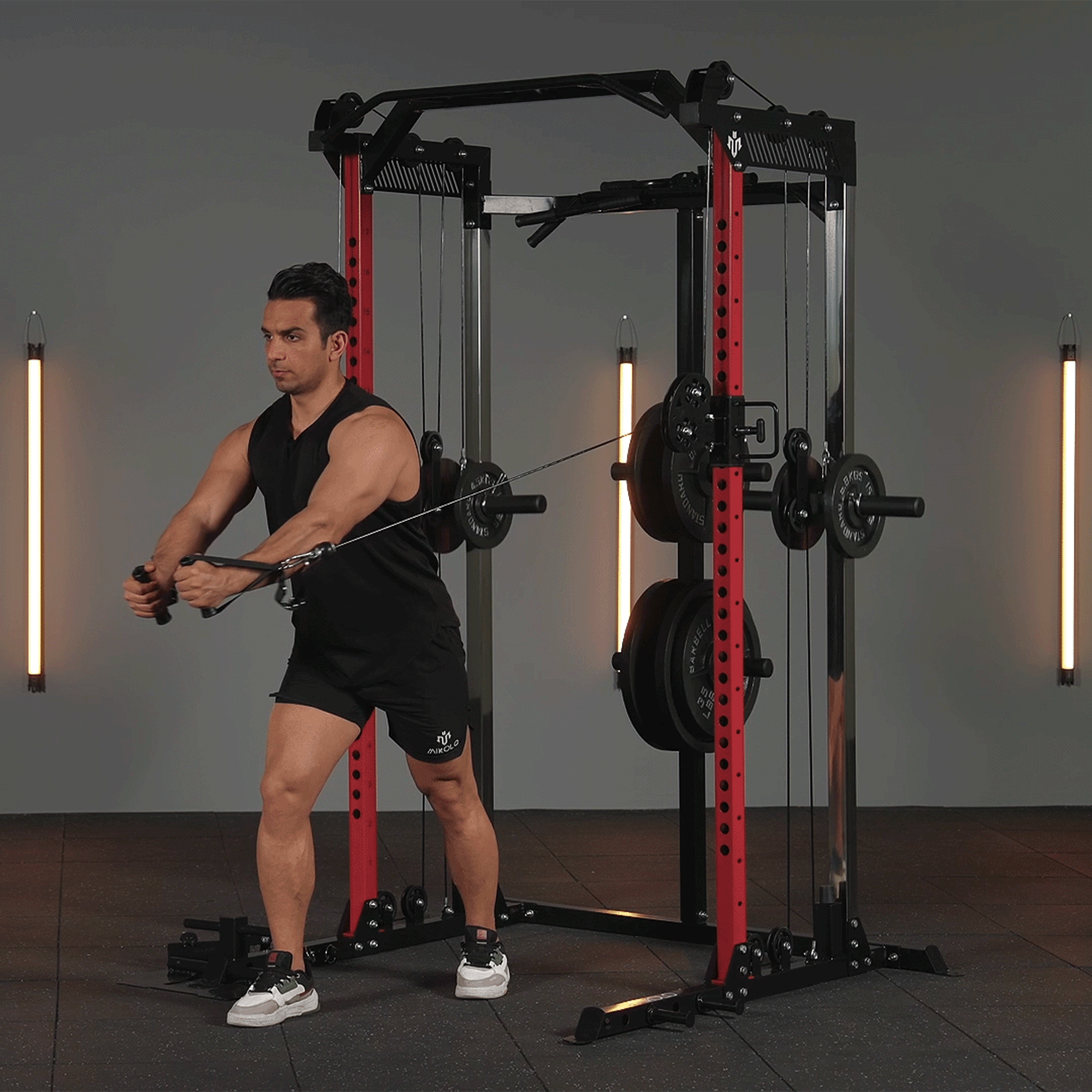









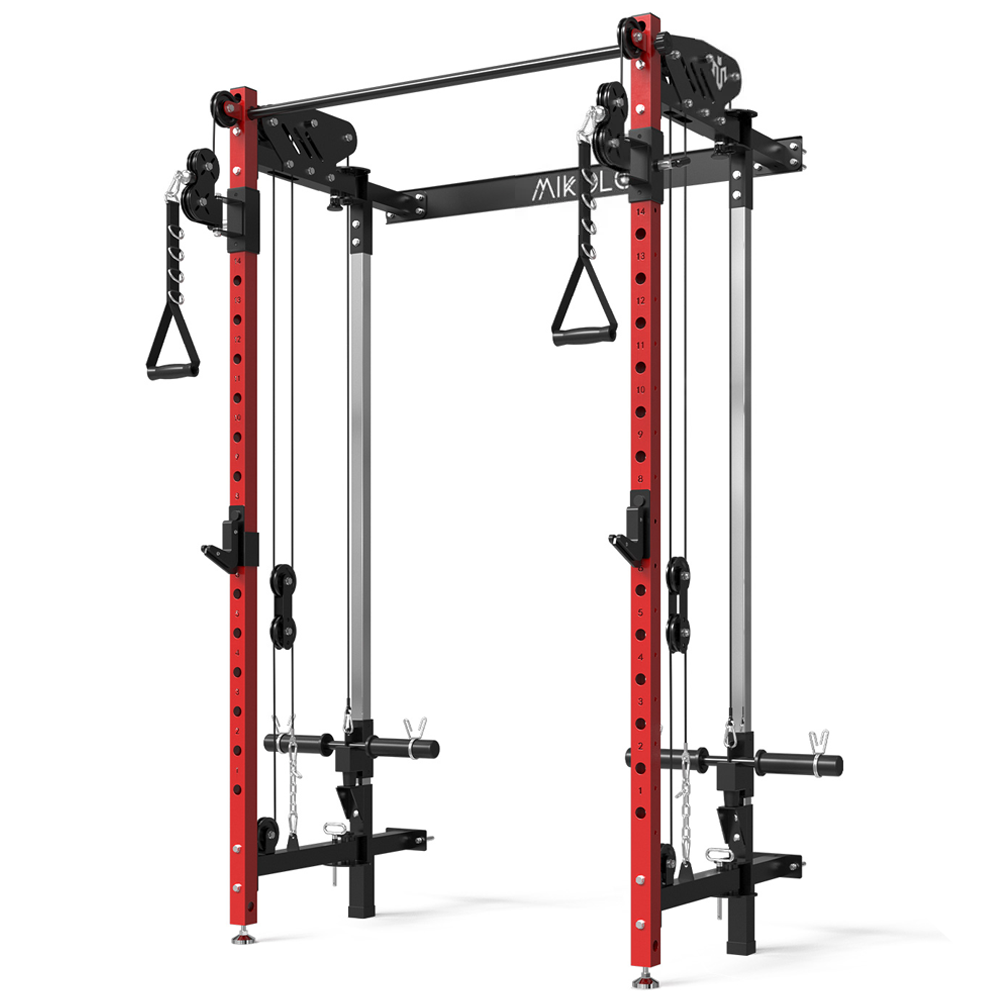
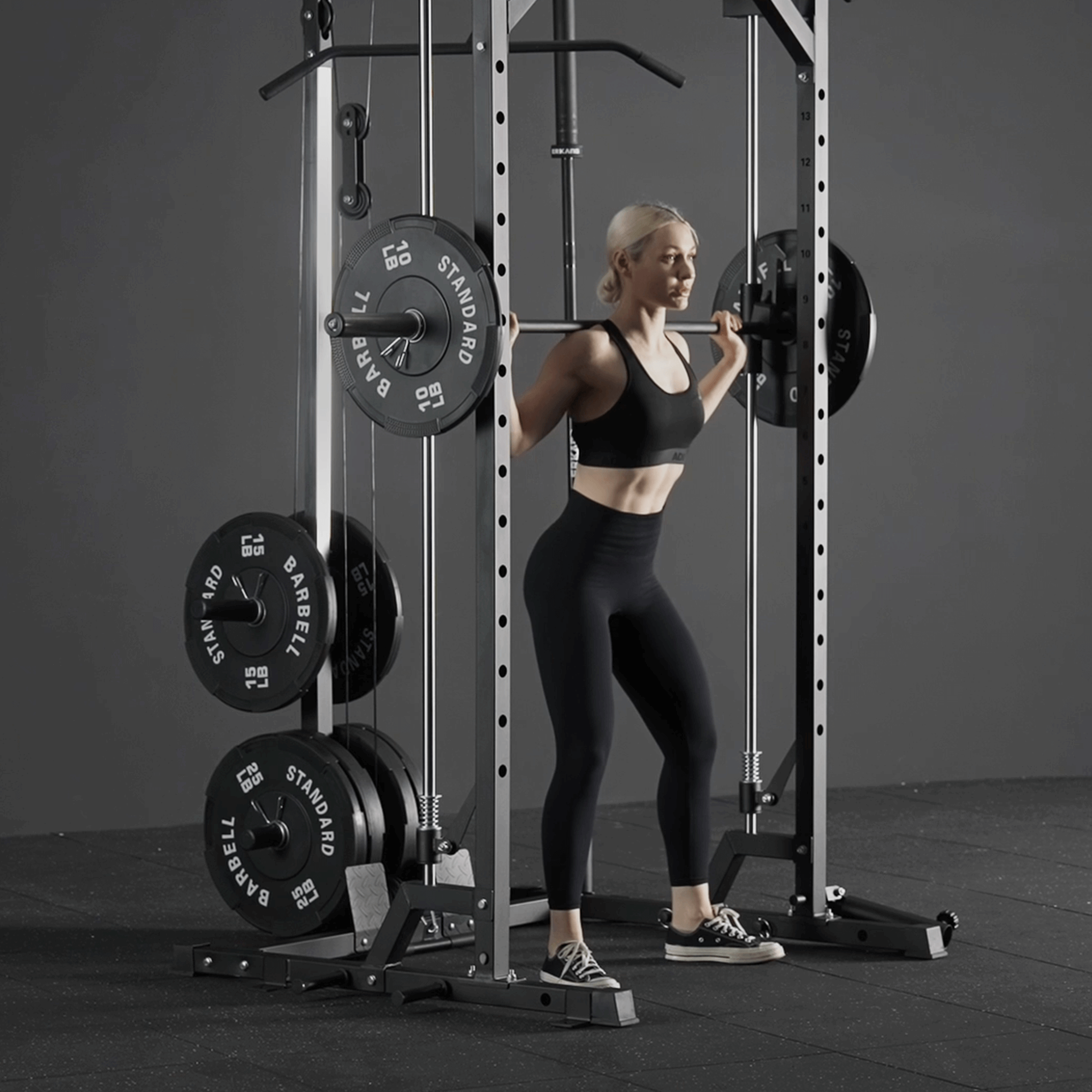





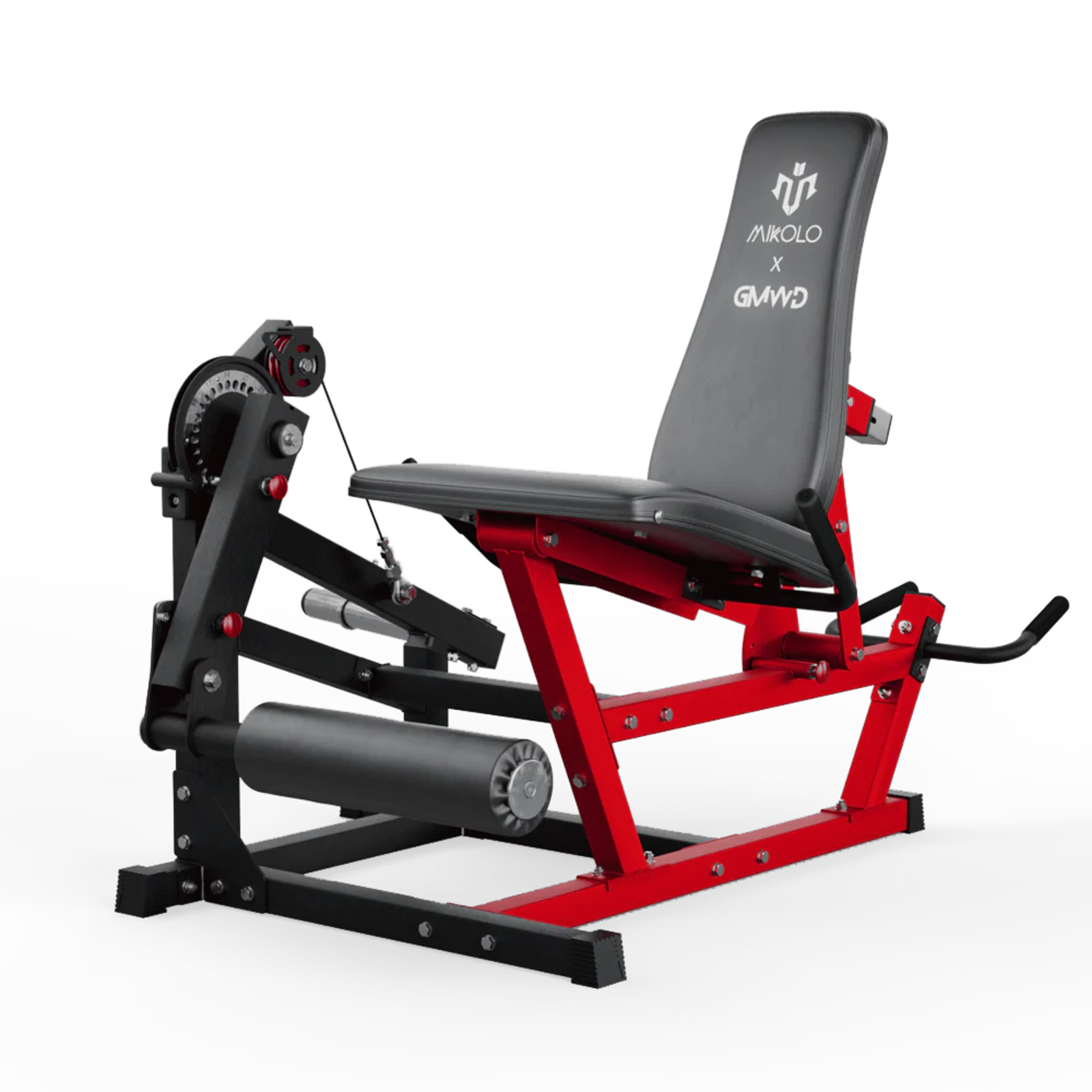
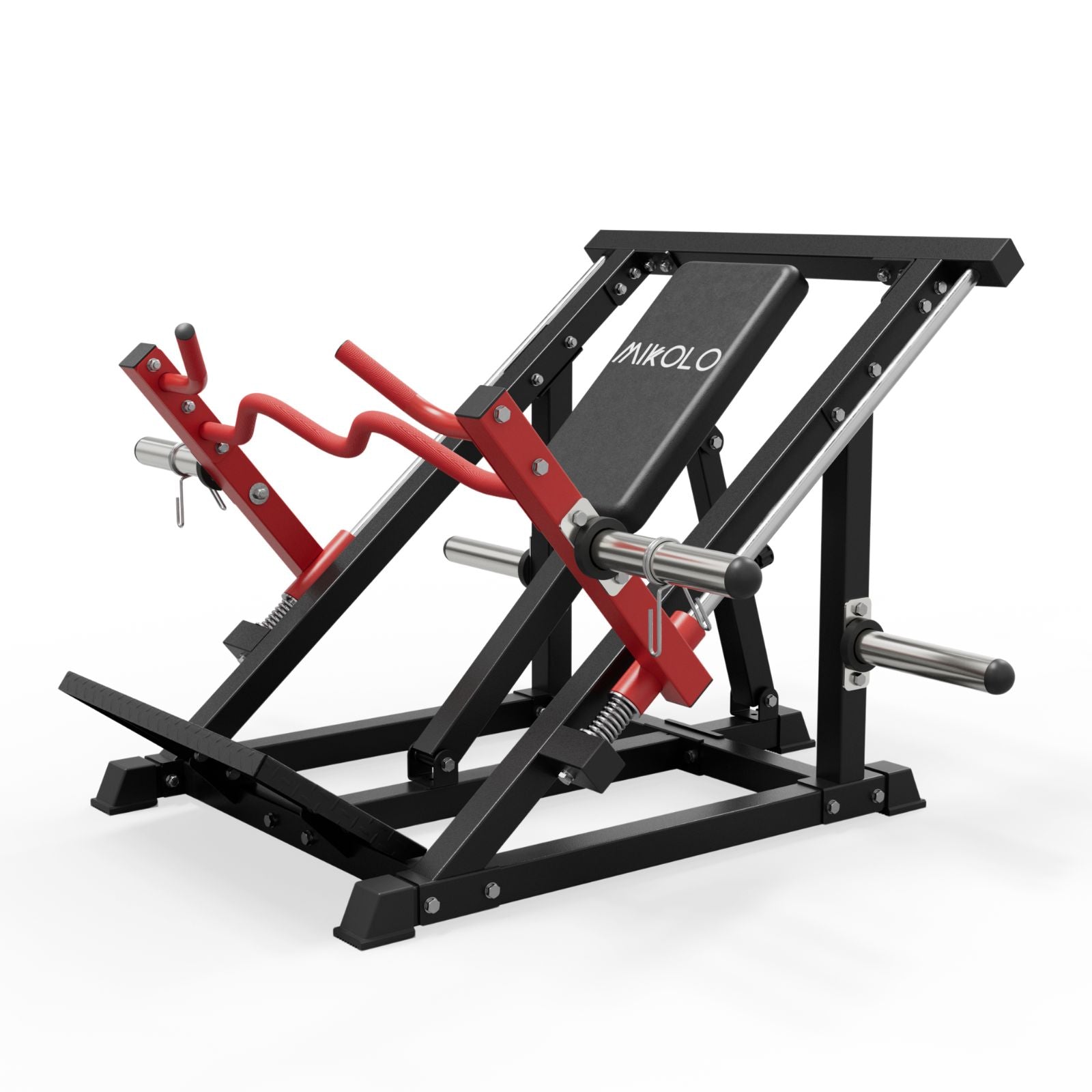

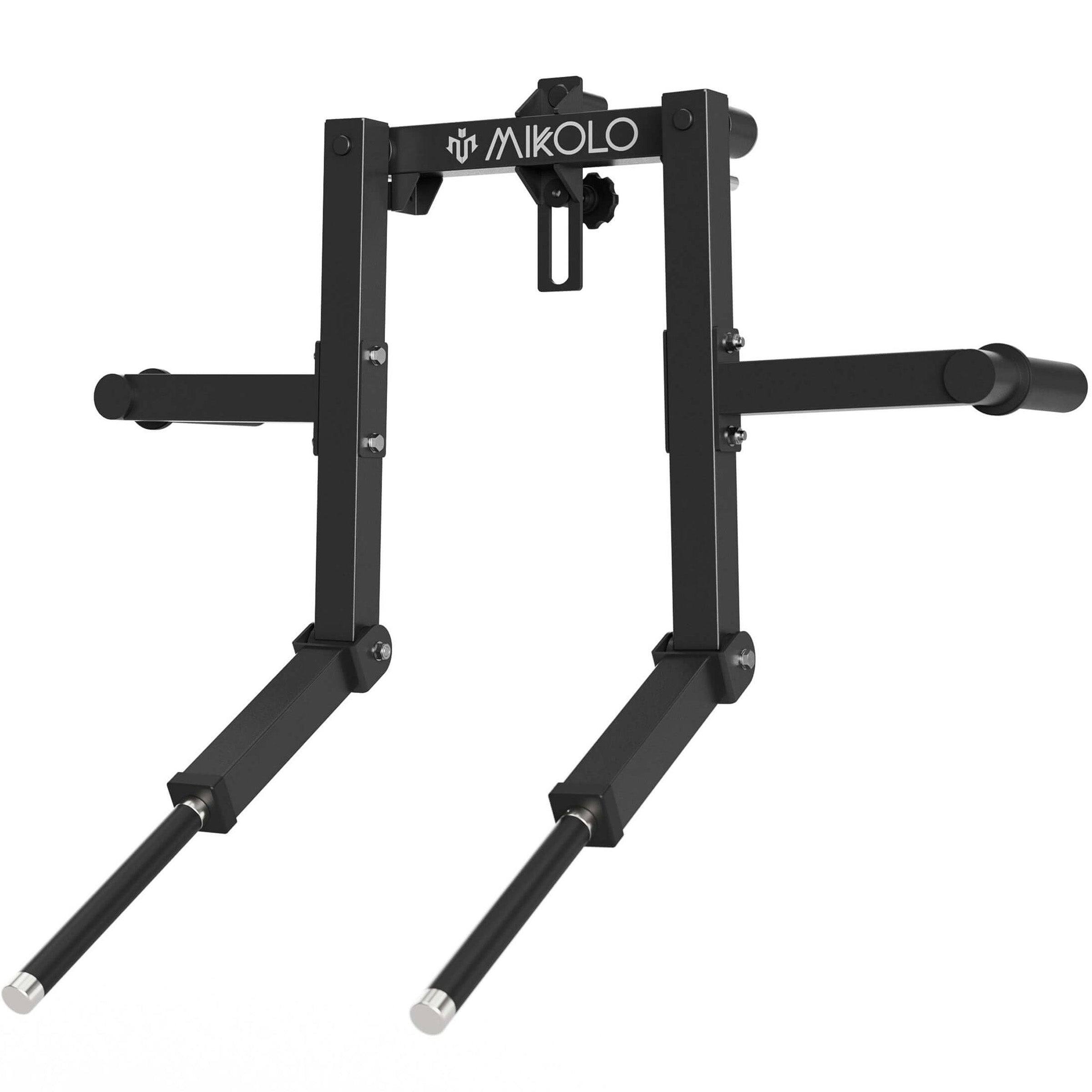
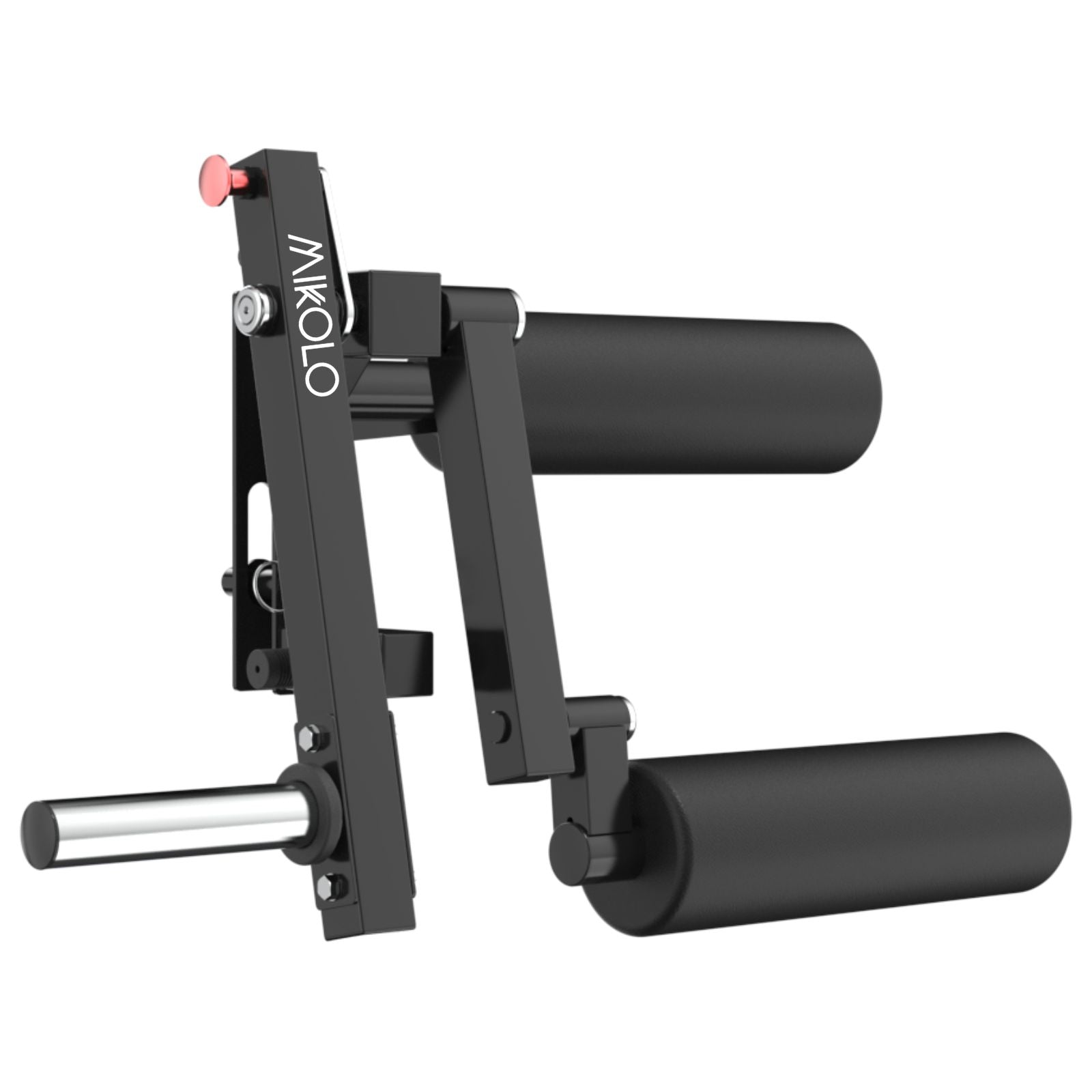



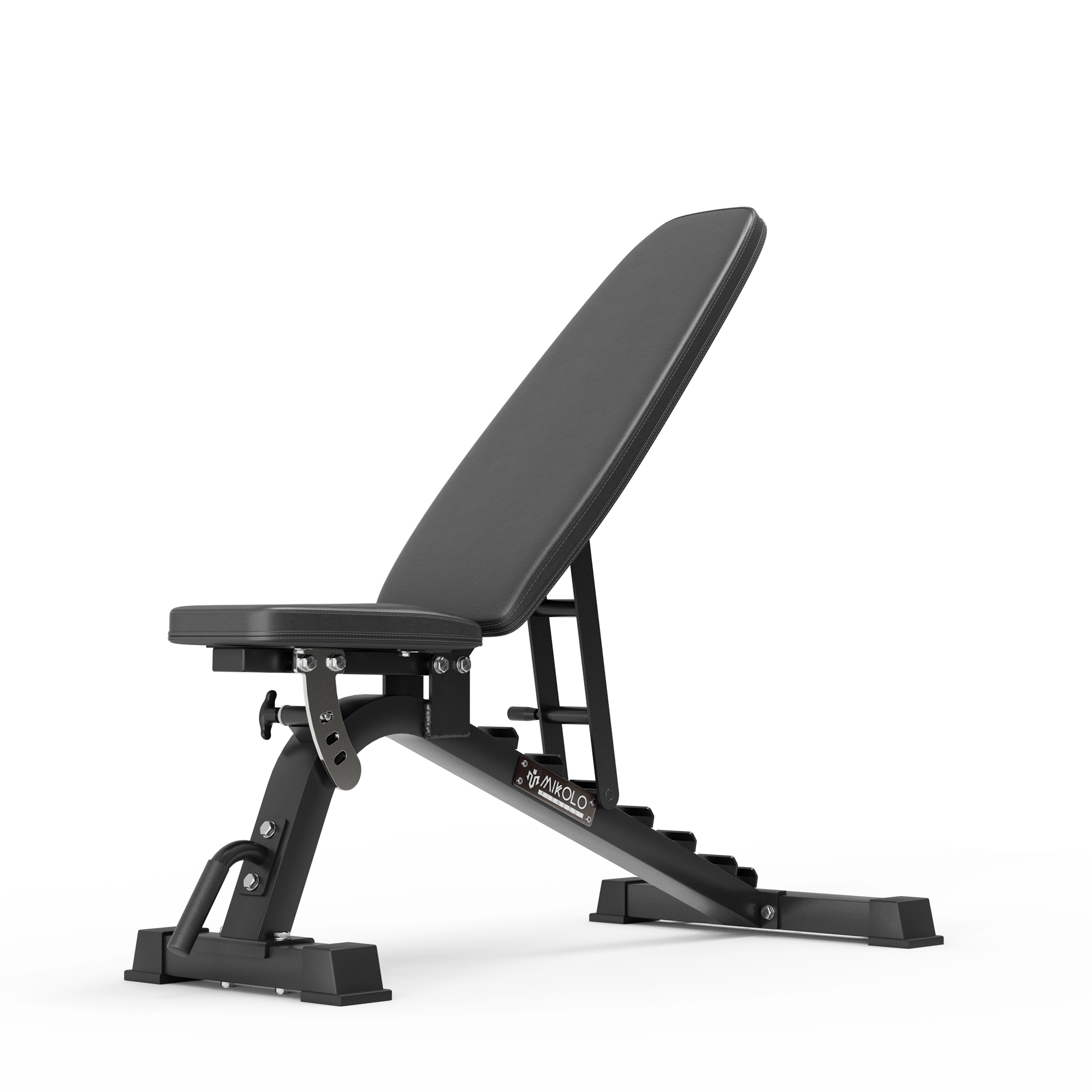











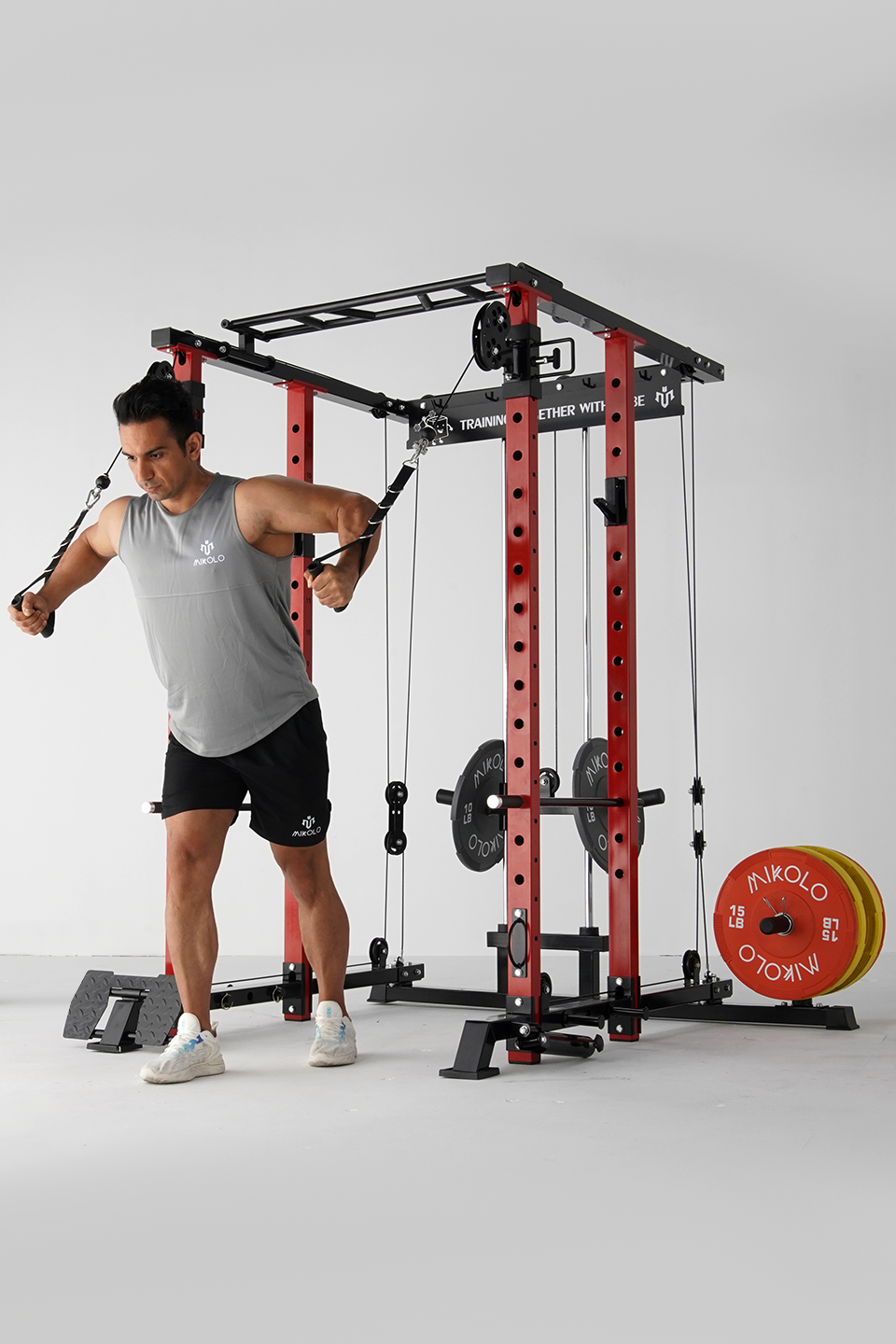
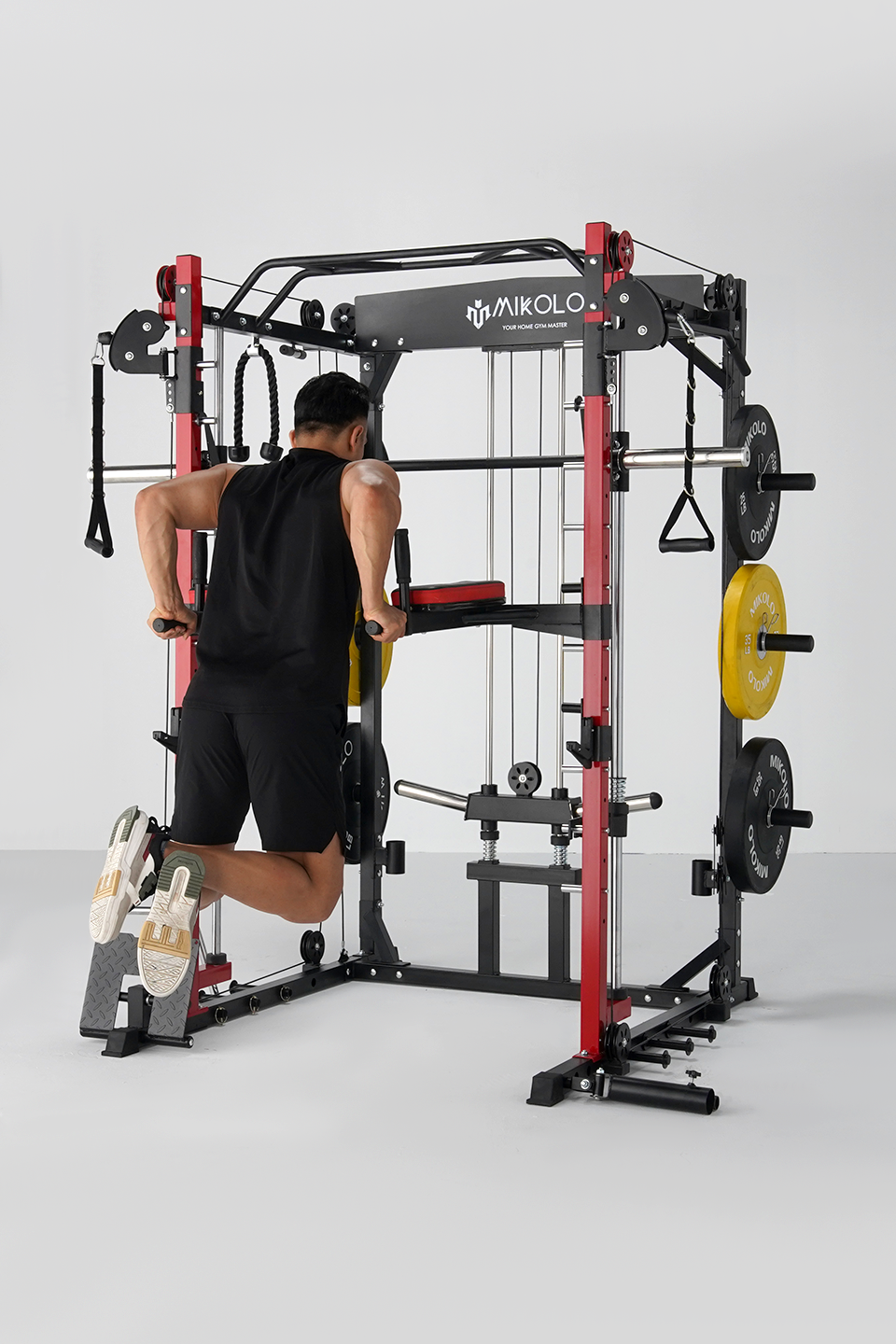


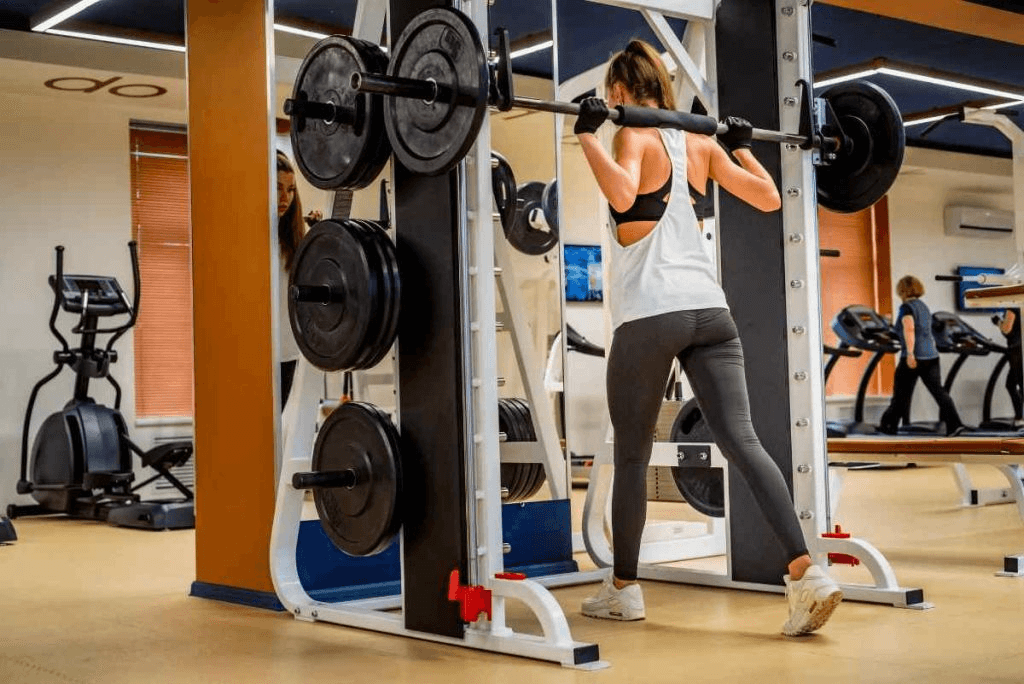
Leave a comment
This site is protected by hCaptcha and the hCaptcha Privacy Policy and Terms of Service apply.